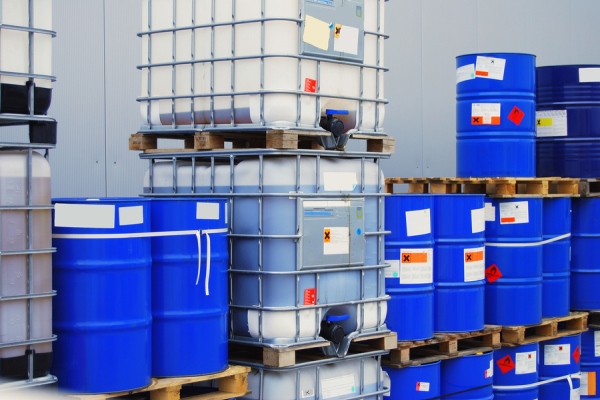How to Handle Chemical Spills

Your safety training helps ensure things go right when you do your job. Your training also includes what to do when things go wrong. You are trained to prevent spills when you work with chemicals, but your training also tells you how to respond to one.
Unplanned release of a chemical can have devastating effects. Skin and eye burns, damage to the lungs, fire and explosion, corrosive damage to materials, pollution of air, soil and water, and danger to the public are just some of the possible consequences of a chemical spill.
Chemical spills can be in the form of liquids, solids such as pellets, gases and vapors. They can be flammable (quick to burn or explode), corrosive (damaging to human tissue or other materials), or toxic (poisonous to humans and other living things).
The time to deal with a chemical spill is long before it happens, by rehearsing what you will do and obtaining the supplies you will need for self-protection and cleanup.
First, you need to learn all you can about the chemicals used and stored in your work area. What are the hazards? What would happen if the chemical were exposed to air, oxygen, a spark, water or even motion? Is the chemical corrosive, causing burns to human tissue?
If breathed in, could it damage the respiratory system, cause unconsciousness or death? Are there possible long-term effects from chemical exposure, such as cancer? You will get this type of information from your training, the Material Safety Data Sheet (MSDS), container label and other sources.
Here are some basic procedures you can learn for dealing with a spill. Be sure to get the specific steps you should take for the chemicals you work with.
- Alert people in the area of the spill.
- Call the appropriate emergency numbers, which should be posted at each telephone.
- Attend to any injured persons, removing them from exposure and getting to a safety shower if necessary.
- Depending on the nature of the chemical, you might need to open windows and doors to provide ventilation, close up the affected area to contain spills or turn off heat and other ignition sources.
- If you are trained and authorized, use the appropriate materials to absorb or contain the spill. For instance, you might have kits to neutralize spilled acids or bases. For other chemicals, you could be required to sprinkle an absorbent litter on a spill, or surround the spill with a dam.
Do not attempt cleanup under these circumstances:
- You don’t know what the spilled material is.
- You don’t have the necessary protection or the right equipment to do the job.
- The spill is too large.
- The spill is highly toxic.
- You feel symptoms of exposure.
Learn your part in the spill response plan for your department. If there is no such plan, ask your supervisor to work with the management and safety department in establishing one.



